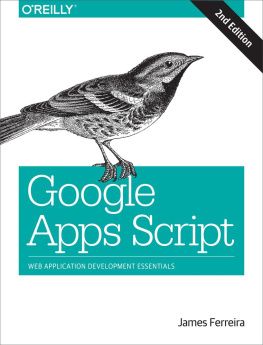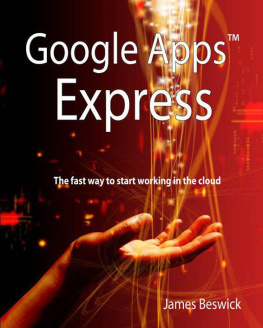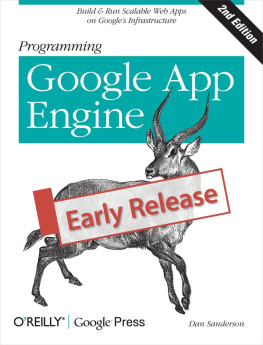Note
Safari Books Online (www.safaribooksonline.com) is an on-demand digital library that delivers expert content in both book and video form from the worlds leading authors in technology and business.
Technology professionals, software developers, web designers, and business and creative professionals use Safari Books Online as their primary resource for research, problem solving, learning, and certification training.
Safari Books Online offers a range of product mixes and pricing programs for organizations, government agencies, and individuals. Subscribers have access to thousands of books, training videos, and prepublication manuscripts in one fully searchable database from publishers like OReilly Media, Prentice Hall Professional, Addison-Wesley Professional, Microsoft Press, Sams, Que, Peachpit Press, Focal Press, Cisco Press, John Wiley & Sons, Syngress, Morgan Kaufmann, IBM Redbooks, Packt, Adobe Press, FT Press, Apress, Manning, New Riders, McGraw-Hill, Jones & Bartlett, Course Technology, and dozens more. For more information about Safari Books Online, please visit us online.
How to Contact Us
Please address comments and questions concerning this book to the publisher:
| OReilly Media, Inc. |
| 1005 Gravenstein Highway North |
| Sebastopol, CA 95472 |
| 800-998-9938 (in the United States or Canada) |
| 707-829-0515 (international or local) |
| 707-829-0104 (fax) |
We have a web page for this book, where we list errata, examples, and any additional information. You can access this page at http://oreil.ly/dev_w_google_plus.
To comment or ask technical questions about this book, send email to .
For more information about our books, courses, conferences, and news, see our website at http://www.oreilly.com.
Find us on Facebook: http://facebook.com/oreilly
Follow us on Twitter: http://twitter.com/oreillymedia
Watch us on YouTube: http://www.youtube.com/oreillymedia
Acknowledgments
Writing a book is a huge undertaking. I had lots of help along the way. There is no way that I can cover everyone who helped me, but here's a list of a few individuals who I would like to thank.
Thanks to all of my coworkers at Google for their technical reviews including Will Norris, Eric Li, Brett Morgan, Gus Class, and the rest of the Google+ platform team. Thanks to my friends at O'Reilly, especially Mike Loukides and Meghan Blanchette, who guided me through the process. Thanks to everyone who offered support in ways other than code, including my teammates from the Peninsula Roller Girls, who were always by my side, Jordan Robinson, for her wonderful and potentially disastrous recipes, and my partner in crime, Winona Tong, for creating the Baking Disasters logo and so much more.
Chapter 1. Introduction
Hello there! Since youre reading these words, the Google+ platform has probably sparked your interest. Maybe you have a killer app in mind, or perhaps youre just interested in learning whats available. Either way, by the time youre finished with this book, you will be comfortable digging into Google+.
The Google+ platform has three categories of features. Each of these categories is capable of standing alone, but things become more interesting when you combine them. These categories form a natural division, so well be going through them one at a time.
This means you can skip around from chapter to chapter if you wish. Once you become familiar with the components that youre most interested in, you will be able to combine them into the application that youre dreaming about. So, feel free to invoke a random access approach to reading this book. If youre more interested in REST APIs than publisher plugins, skip ahead. I promise I wont be offended.
The three categories of the Google+ platform are social plugins, like the +1 button, RESTful web services, which provide read access to Google+ data, and hangout applications, for writing your own real time collaboration apps. Additionally, the RESTful web services can be used in a couple of ways. You can either access public data directly when you know what youre looking for, or you can use OAuth 2.0 to access your users data on Google+.
Since this architecture is a bit different from other platforms that you may have used, here are a few things that you may recognize and a few things that may be new to you.
Things You May Recognize
If youve developed on other social platforms youre in luck. Many of the technologies and techniques used in the Google+ platform are very similar. This is all thanks to a combination of open standards and best practices that have developed over the past several years.
Social Plugins: If you are a content publisher, or have an existing web application, Google+ plugins provide a simple way to integrate with Google+. They consist of JavaScript and small snippets of HTML markup. Google provides several social plugins including the +1 button, badge, share button, and sign-in button.
The JSON/REST/HTTP Stack: More sophisticated integrations with the Google+ platform rely heavily on JSON messages communicated with RESTful web services over the HTTP protocol. This is how you can programmatically communicate with Google+.

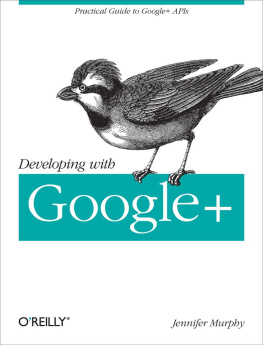

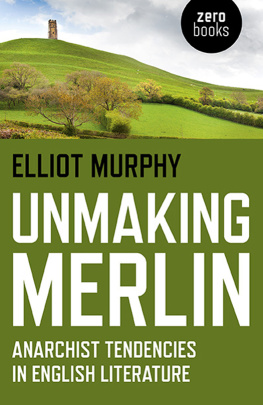

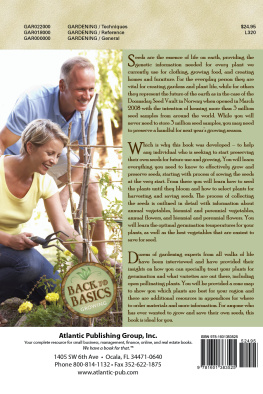


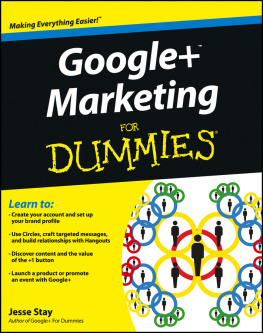
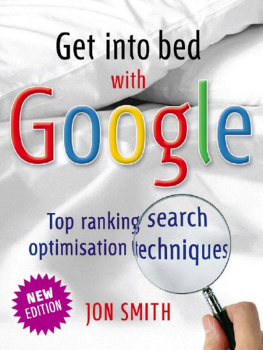
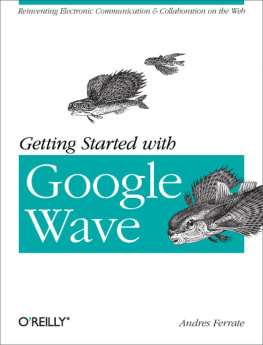
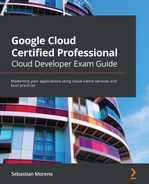
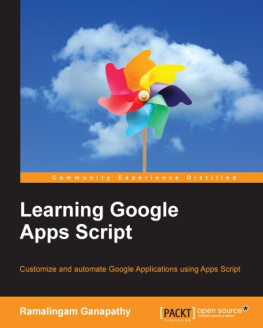

![Prateek Mehta [Prateek Mehta] - Creating Google Chrome Extensions](/uploads/posts/book/120559/thumbs/prateek-mehta-prateek-mehta-creating-google.jpg)
